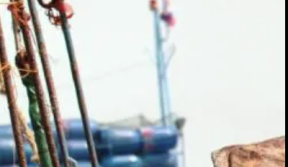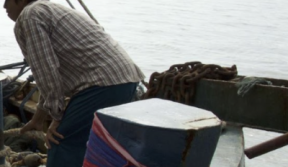Publication Date:
Over the last year, significant developments have taken place in Uzbekistan with regard to forced labor in the cotton sector and the government’s reform process. Uzbek President Shavkat Mirziyoyev has led his government in a vital shift in tone and substance to end forced labor in the cotton sector, making strong public commitments, enacting several key reforms, and increasing accountability measures. By the 2019 harvest, the government had fallen short, however, in addressing some of the key structural drivers of forced labor, in particular the quota system and national production targets under the supervision and responsibility of the regional and district officials. Evidence from the 2019 harvest shows that these quotas and targets continued to drive forced labor. It has subsequently announced further reforms, but the impact of those reforms has yet to be seen. While the government has made significant strides in forced labor prevention in cotton harvesting, especially through public awareness raising, it has not yet enacted and implemented adequate measures to prosecute perpetrators and protect victims.
Thus 2019 harvest reveals an inconsistent picture: the government’s commitment to ending forced labor is real and progress is meaningful, but also that government action and policy continued to drive forced labor in both government and cluster production areas. The need to address policy gaps is urgent: responsible investors and brands have ethical and legal commitments not to include any product in their supply chains that is tainted with forced labor. They also need to have confidence that supply chains are transparent and have robust, independent monitoring to ensure that they do not fall afoul of their commitments. Further, the singular attention to forced labor in the cotton supply chain has obscured attention to pervasive state-sponsored forced labor in other sectors, such as street cleaning, public beautification, and housing reconstruction.
Uzbekistan is at a critical juncture in its historic effort to end systemic forced labor in the cotton harvest. Continued close monitoring by international mechanisms including the Trafficking in Persons report can play a crucial role in promoting the reforms initiated in the cotton sector to take hold and broaden them to other sectors as well as encouraging a culture of prevention, protection, accountability. Uzbekistan currently meets the criteria for the Tier 2 Watchlist because it is making significant efforts to bring itself into compliance with the minimum standards of the Trafficking Victims Protection Act’s (TVPA) with regard to forced labor in cotton harvesting but the absolute number of victims remains high. In addition, some of the efforts Uzbekistan is making to bring itself into compliance are based on commitments coming into force over the year and whose impact will not be able to be assessed fully until after the 2020 cotton harvest.
Accordingly, the Cotton Campaign strongly urges the Department of State to maintain Uzbekistan’s ranking as a Tier 2, Watch List country in the 2020 Trafficking in Persons Report, until there is documented evidence that forced labor linked to government policies, including the quota system, has truly ended in the cotton sector.


